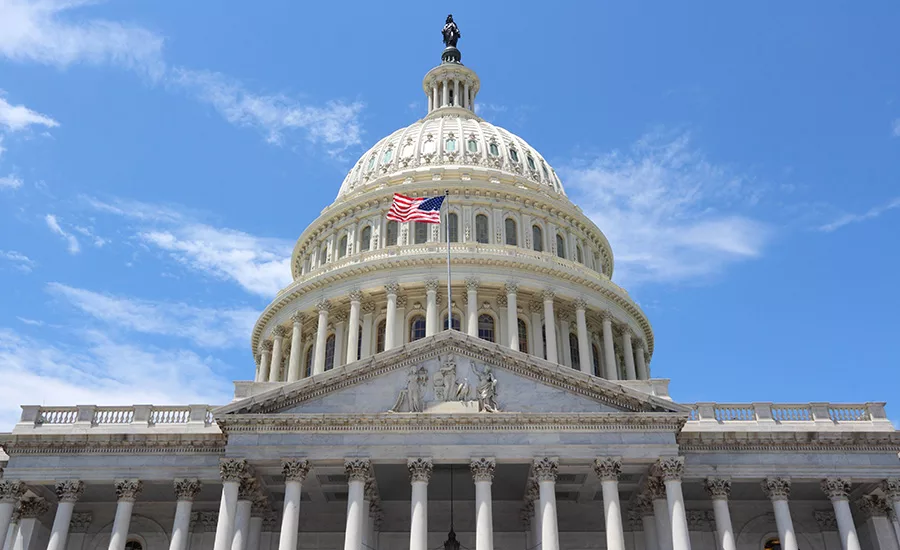DHS Unveils Five-Pronged Strategy for Managing National Cyber Risk

The Department of Homeland Security unveiled a five-pronged strategy aimed at managing “national cyber risk” and “cyber and critical infrastructure security” this week. The new strategy is “aimed at ensuring the availability of critical national functions” and “fostering efficiency, innovation, trustworthy communication, and economic prosperity in ways consistent with our national values and that protect privacy and civil liberties.”
The strategy aims at coordinating a host of DHS cybersecurity efforts, MeriTalk reports.
The five parts of the updated cyber risk management strategy are:
- Assessing the national cybersecurity risk posture in order to prioritize risk management activities;
- Reducing the vulnerabilities of Federal government agencies by ensuring “adequate” cybersecurity of Federal networks;
- Reducing national cyber threats “by countering transnational criminal organizations and sophisticated cyber criminals;”
- Minimizing consequences from “potentially significant cyber incidents through coordinated community-wide response efforts;” and
- Strengthening the “security and reliability of the cyber ecosystem by supporting policies and activities that enable improved global cybersecurity risk management and execute departmental cybersecurity efforts in an integrated and prioritized way.”
DHS Secretary Kirstjen Nielsen said in a statement Tuesday, “Digital security is now converging with personal and physical security, and it is clear that our cyber adversaries can now threaten the very fabric of our republic itself. That is why DHS is rethinking its approach by adopting a more comprehensive cybersecurity strategy.”
“In an age of brand-name breaches, we must think beyond the defense of specific assets – and confront systemic risks that affect everyone from tech giants to homeowners,” she said. “The cyber threat landscape is shifting in real-time, and we have reached a historic turning point.”
Looking for a reprint of this article?
From high-res PDFs to custom plaques, order your copy today!





